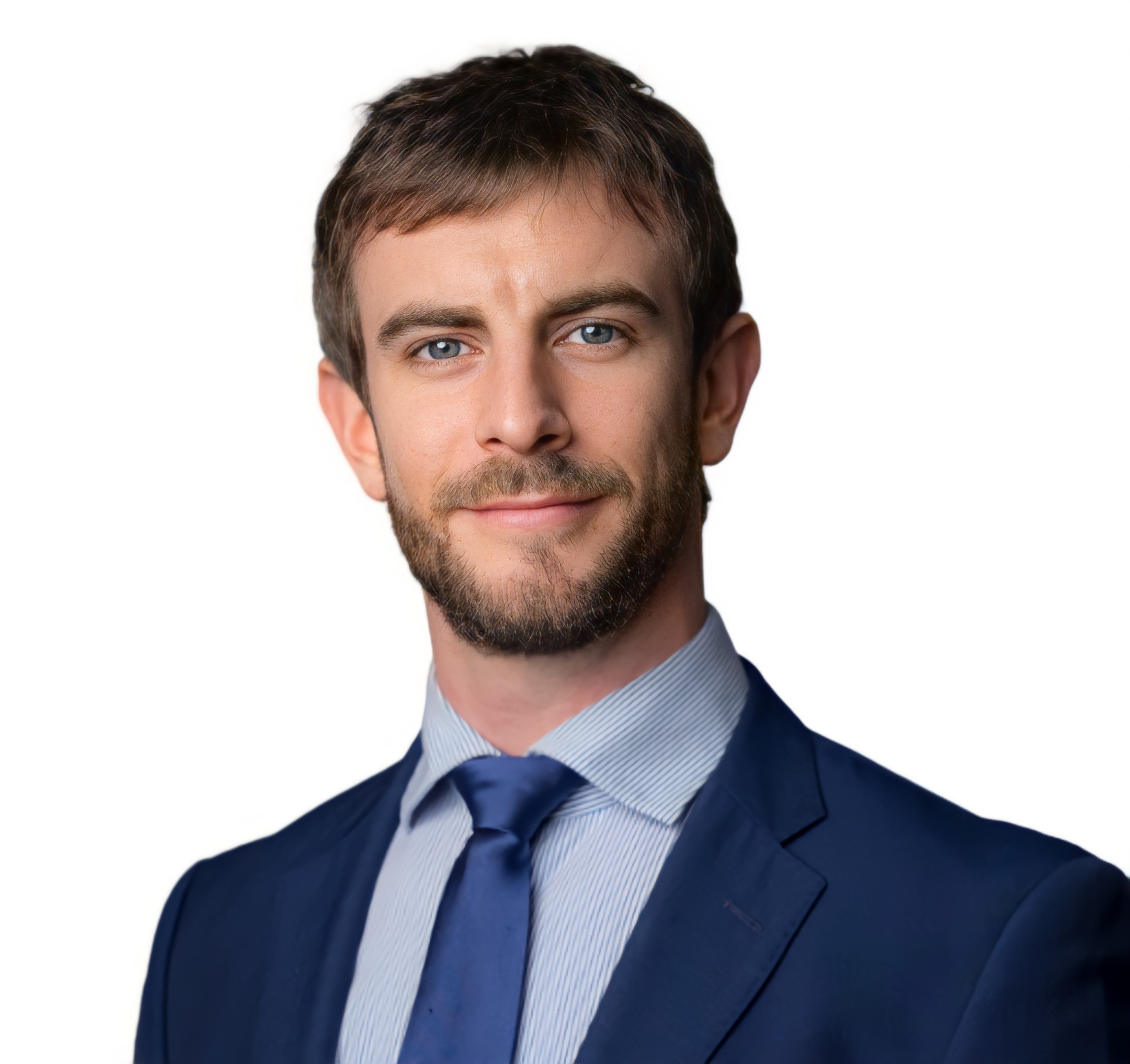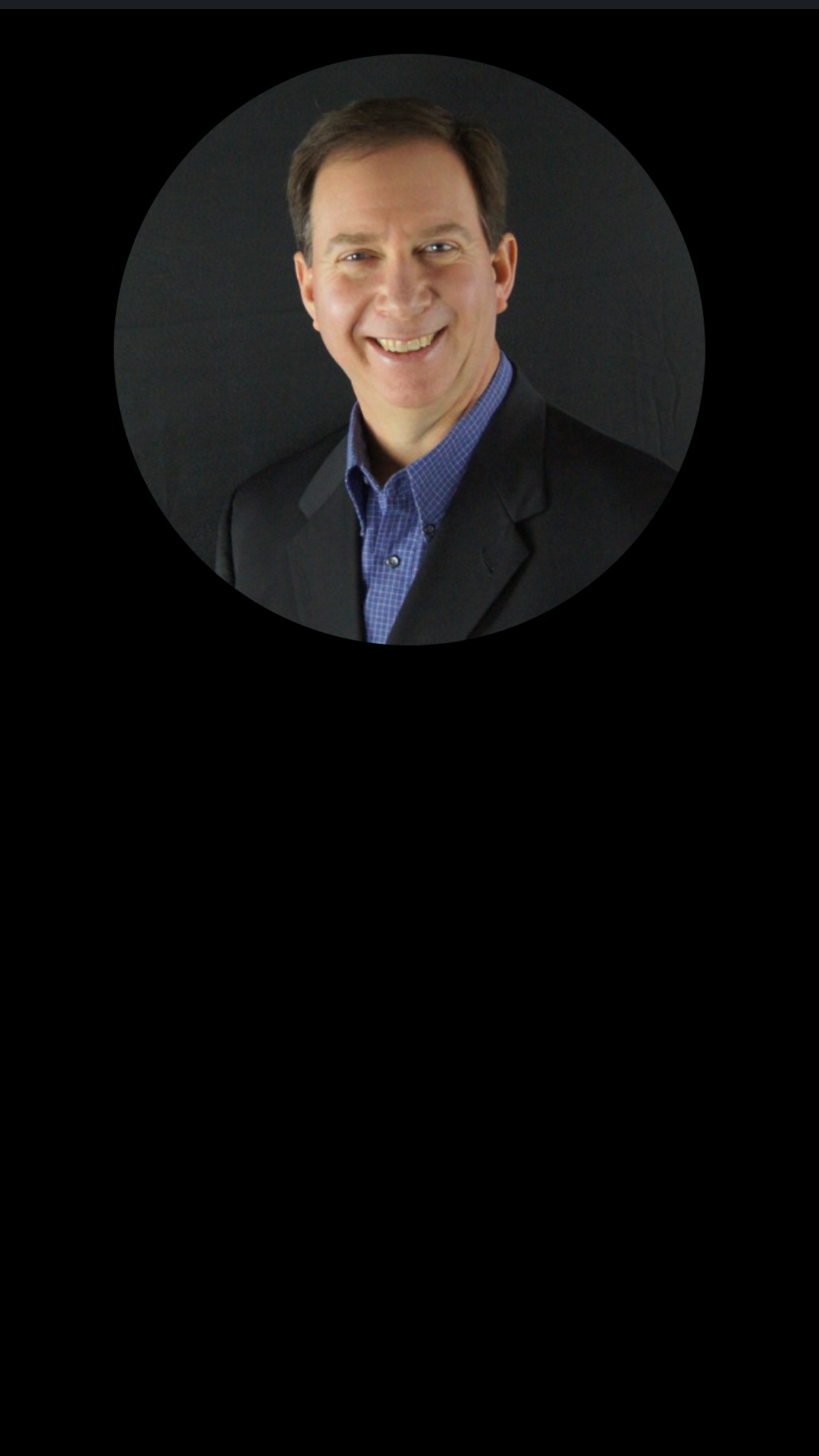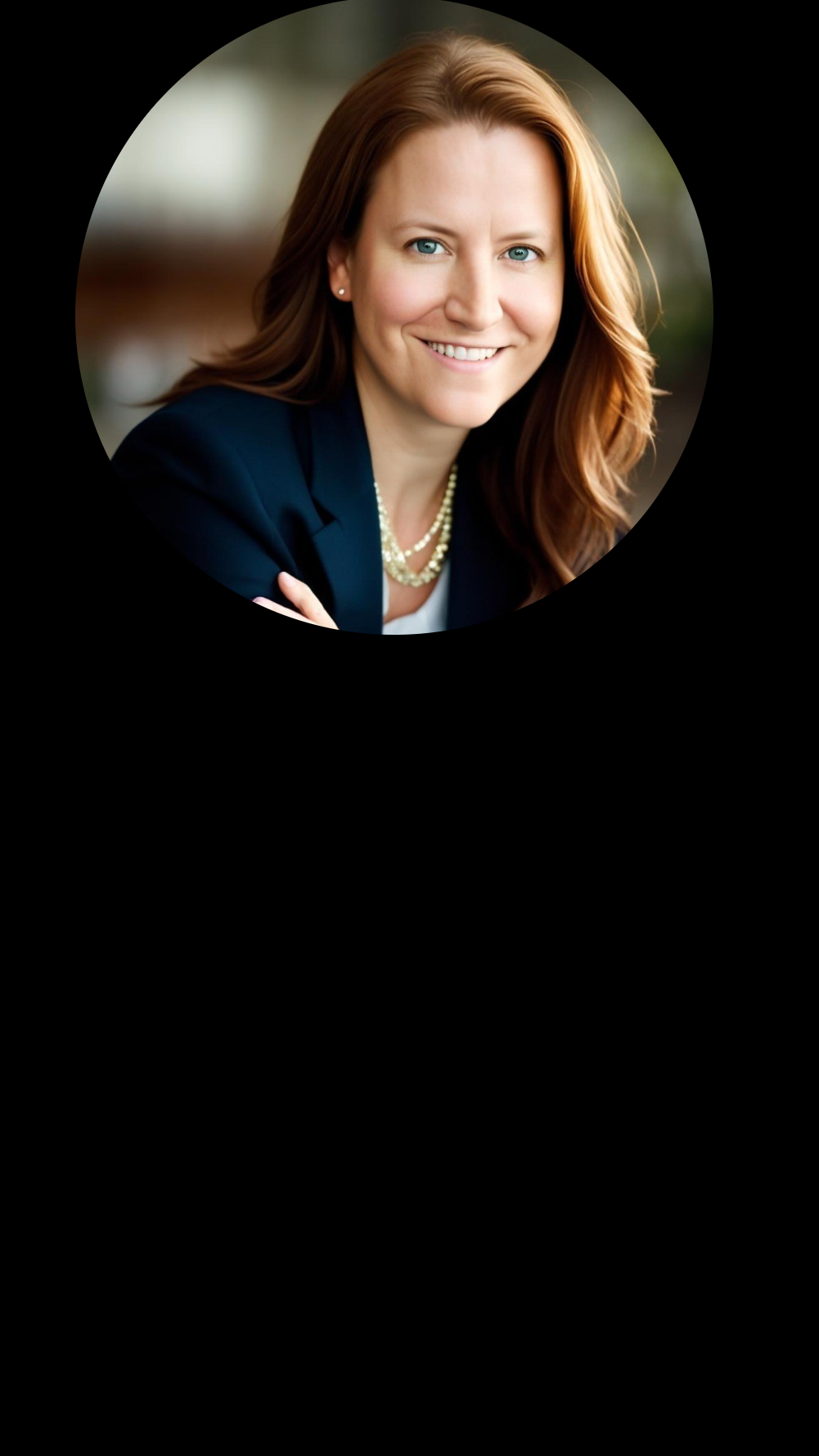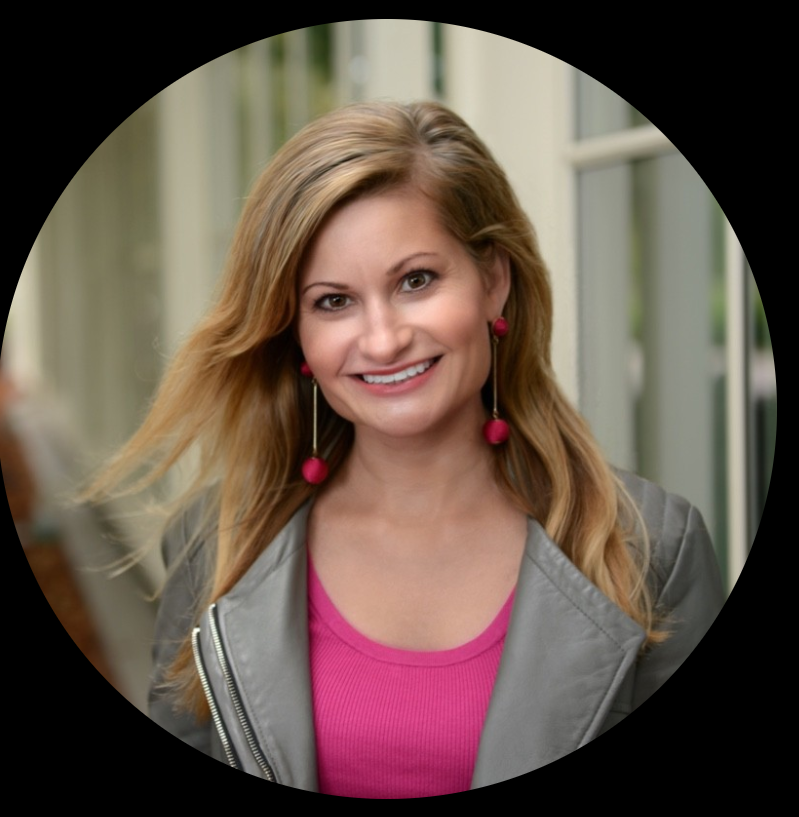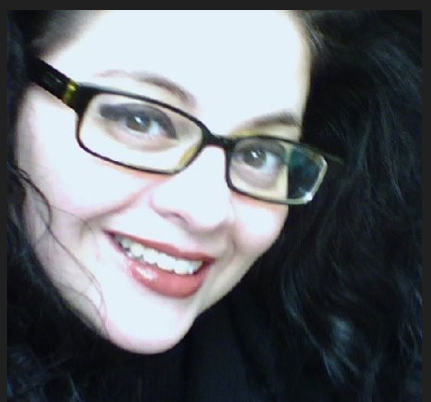Mark Duffy is a Workplace Wellbeing Psychologist and founder of Clever Coaching. With a background in Positive Psychology and executive coaching, Mark empowers leaders and teams to thrive in high-pressure environments. His signature framework, the EMPOWERED Leader Blueprint, is grounded in science and focused on sustainable leadership, performance, and wellbeing. Mark has coached clients across the globe, from SMEs to Fortune 50 companies, and is passionate about helping people reframe adversity into growth, lead with purpose, and create lasting positive change in their organisations.
What sparked your journey as a coach/entrepreneur? Was there a moment, challenge, or person that pushed you to take this path?
My journey started, like many of life’s pivotal chapters, through adversity. In my early twenties, I was made redundant and had to return home from the UK, moving back in with my parents. I found myself in a dark place. In an effort to move forward, I picked up a book on Positive Psychology—and that one read changed everything. The tools were simple yet profound. They unlocked an entirely new way of thinking. I felt compelled to share them.
So I booked a room and invited people to attend a workshop. The catch? I was petrified of public speaking. I’d failed miserably at it before, and just thinking about it made my stomach whirl. I needed to lean into the discomfort, reframe my fear, and use the stress as fuel. The sense of fulfilment from delivering that session was unforgettable. I was hooked.
Later, during my coaching diploma, I set myself the goal of coaching my first executive client at a Fortune 50 company. I got the opportunity—and the imposter syndrome in the lead-up hit hard. But when I coach, the noise in my head completely disappears. It’s just presence, purpose, and flow. That first executive transformed her team’s performance, unlocking over $60 million in value annually. She was promoted and her team thrived. It’s a privilege to witness that kind of shift—the moment someone steps into their own power and sees what’s possible. Again, I was hooked.
That’s what drives me. Time and time again, adversity becomes the turning point—not just for me, but for my clients too. So I ask: why wait for hindsight to show us the gift in our challenges? What if we trusted that even the difficult moments were nudging us forward—and met them with intention and optimism?
I absolutely love what I do. It’s a privilege to support others in shifting their inner narrative, because when we change how we see our world, our world changes.
Tell us a bit about what you do! What’s the purpose behind your business, and how does it make a difference in people’s lives?
I run Clever Coaching, where we support leaders and teams to thrive—not just survive—in high-pressure environments. Our focus is on building the kind of leadership that drives performance, engagement, and wellbeing. We help organisations cut staff turnover by 27% and reduce burnout by 30% by embedding a strong wellbeing culture into everyday leadership and team dynamics.
At the heart of it is the EMPOWERED Leader Blueprint—our evidence-based framework that helps leaders develop the skills and mindset to lead with clarity, emotional intelligence, and purpose.
It’s practical, grounded in psychology, and designed specifically for the real challenges of modern workplaces.
The EMPOWERED framework is built on nine core pillars that support sustainable leadership, wellbeing, and performance:
E – Emotional Intelligence
Leaders with high emotional intelligence are 40% more effective at inspiring and managing teams (Harvard Business Review).
M – Mindfulness & Presence
Mindfulness training delivers an 11:1 return on investment in productivity and healthcare savings (Harvard Business Review).
P – Purpose
Employees who feel a strong sense of purpose are 3x more likely to stay in their roles (McKinsey & Company).
O – Optimism & Positive Emotion
Teams with higher positivity ratios are 31% more productive and generate 3x more creative ideas (Harvard Business Review).
W – Holistic Wellbeing
Wellbeing programmes deliver a 6:1 return on investment through reduced absenteeism and health costs (World Health Organization).
E – Engagement
Highly engaged teams show 21% higher profitability and 41% lower absenteeism (Gallup).
R – Relationships
Psychological safety is the number one predictor of high-performing teams (Google’s Project Aristotle).
E – Emotional & Mental Fitness
Companies prioritising mental fitness see 30% lower burnout and 27% lower turnover (McKinsey).
D – Development, Leadership & Culture
Organisations focused on leadership and culture see up to 51% lower turnover and 125% less burnout (Harvard Business Review).
We work with organisations of all sizes, from SMEs and state agencies to Fortune 500 companies. The goal is to create cultures where people feel safe, connected, and motivated—so they can perform at their best without compromising their health.
Because when we lead from a place of self-awareness, empathy, and mental fitness, everything changes—for the better.
Thinking back to the start of your career, what were some of the biggest challenges you faced in establishing yourself as a coach/entrepreneur? How did you work through them?
In the early days, the most difficult aspect was the lack of financial stability. There were times when there was no money coming in to pay off my loans, let alone grow the business or live comfortably, and I hit some very dark moments. But over time, I started to see that the money was just numbers on a screen—it only had power over me through my thoughts. Yes, there could be real-world consequences, but even those were filtered through how I chose to think about them. I began to question if we actually know what’s good for us in the long run. Maybe I needed those challenges to evolve.
Above all, I realised that even if I lost everything, it wouldn’t be as bad as I feared. So what was there to be afraid of?
Instead of seeing it as a failure, I began to reframe it as a necessary part of my story. That shift changed everything. I realised I didn’t need to have it all figured out—I just needed to keep showing up, keep learning, and trust the process.
I also found it really hard to promote myself at the start. But I focused on doing the work, and doing it well. That brought in repeat clients and referrals, and from there, things started to shift. Consistency is powerful.
What I’ve learnt is that we can learn almost anything if we give ourselves the chance. My advice to people starting out would be to enjoy the process and treat setbacks as stepping stones. We should use our goals and standards to inspire us—not as a stick to beat ourselves with. And above all else, be kind to ourselves. That changes everything.
Is there a milestone or achievement you’re really proud of that you’d like to share?
Growing up, I was shy and felt like I was not enough—in pretty much every area.
But I’ve learnt that when we stretch ourselves beyond our comfort zones, something remarkable happens: our comfort zone expands. Bit by bit, we become more at ease in situations that once felt impossible. We learn to get comfortable with the uncomfortable.
The biggest shift came when I realised that our thoughts are generally not kind, helpful, or even true. And more importantly—we are not our thoughts. We are the awareness that notices them. From that place of awareness, we can observe our thinking without getting swept away by it. If a thought isn’t serving us, we can choose to let it go.
Before that realisation, I was caught in the illusion of thought—believing everything my mind offered me was real.
But there’s a big difference between believing our thoughts are reality and simply noticing them as they arise. It’s the difference between being swept away in the rapids of a river or standing on the riverbank, watching it flow by. The thoughts still appear, but we’re not dragged downstream. We don’t have to be consumed by them.
And something wonderful happens the more we stay in that observer space: our thoughts begin to slow down. We feel more peace, more clarity. We can tap into a deeper wisdom and take action from a place of presence and purpose, not from lack or neediness. Rather than having thoughts as our master, we can use them as our servant. Things begin to flow.
We still live in the same world. We still make mistakes and grow. But we let go of the struggle. Just as we don’t need to agonise over the white lines on the road to steer our car, we don’t need to treat every difficult situation as a problem in order to respond with clarity. We can move forward with ease—not by forcing the road ahead, but by trusting the path and allowing the journey to unfold.
Women are making big moves in workplaces around the world, leading alongside their male counterparts. What are your thoughts on women in leadership today?
Women are bringing powerful diversity of thought and strengths to leadership—qualities that are transforming how we lead and how we work. With strengths like empathy and emotional intelligence—widely recognised as the biggest predictors of leadership success—they’re making a major impact across industries.
This isn’t just progress—it’s a recalibration of what effective, human-centred leadership truly looks like. When men and women lead together, bringing complementary strengths and lifting each other up, the impact is greater for everyone involved.
What advice would you give to future women leaders and aspiring entrepreneurs?
Back yourself—even before you feel ready. Confidence generally follows action, rather than the other way around. Perfection isn’t the goal—progress is. And that progress often comes from being willing to take the next step before we feel fully “ready.”
There will be moments of doubt. Even Albert Einstein had imposter syndrome. These thoughts might make you question whether you’re cut out for it—but in reality, they’re a sign you’re growing beyond your comfort zone. And that’s exactly where growth happens. Instead of fearing it, try meeting it with curiosity. Although it may feel like a threat, it’s actually an opportunity to expand.
Success and failure aren’t opposites—failure is what builds success. Every misstep is feedback, and every lesson becomes a stepping stone forward.
You don’t need to have all the answers. In fact, people are drawn to authenticity, not perfection. Vulnerability isn’t weakness—it’s what creates connection, trust, and real leadership.
Be mindful of how you speak to yourself. Let your goals inspire you, not overwhelm you. Use high standards to lift you up—not as a stick to beat yourself with.
And remember, you don’t have to do it alone. Surround yourself with people who lift you, who challenge you in the right ways, and who remind you of who you are when you forget.
Learn to enjoy the process—even the messy bits. Every setback, every awkward moment, every quiet win adds to your story.
Above all, be kind to yourself. That doesn’t mean ignoring your mistakes or flaws—it means learning from them, and moving forward with greater wisdom.
Please insert website or social media links (if any):
Mark Duffy on LinkedIn
Clever Coaching on LinkedIn



